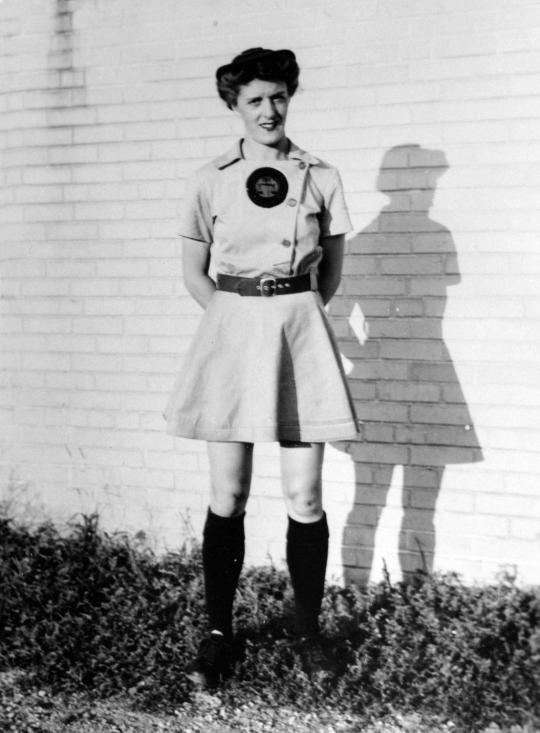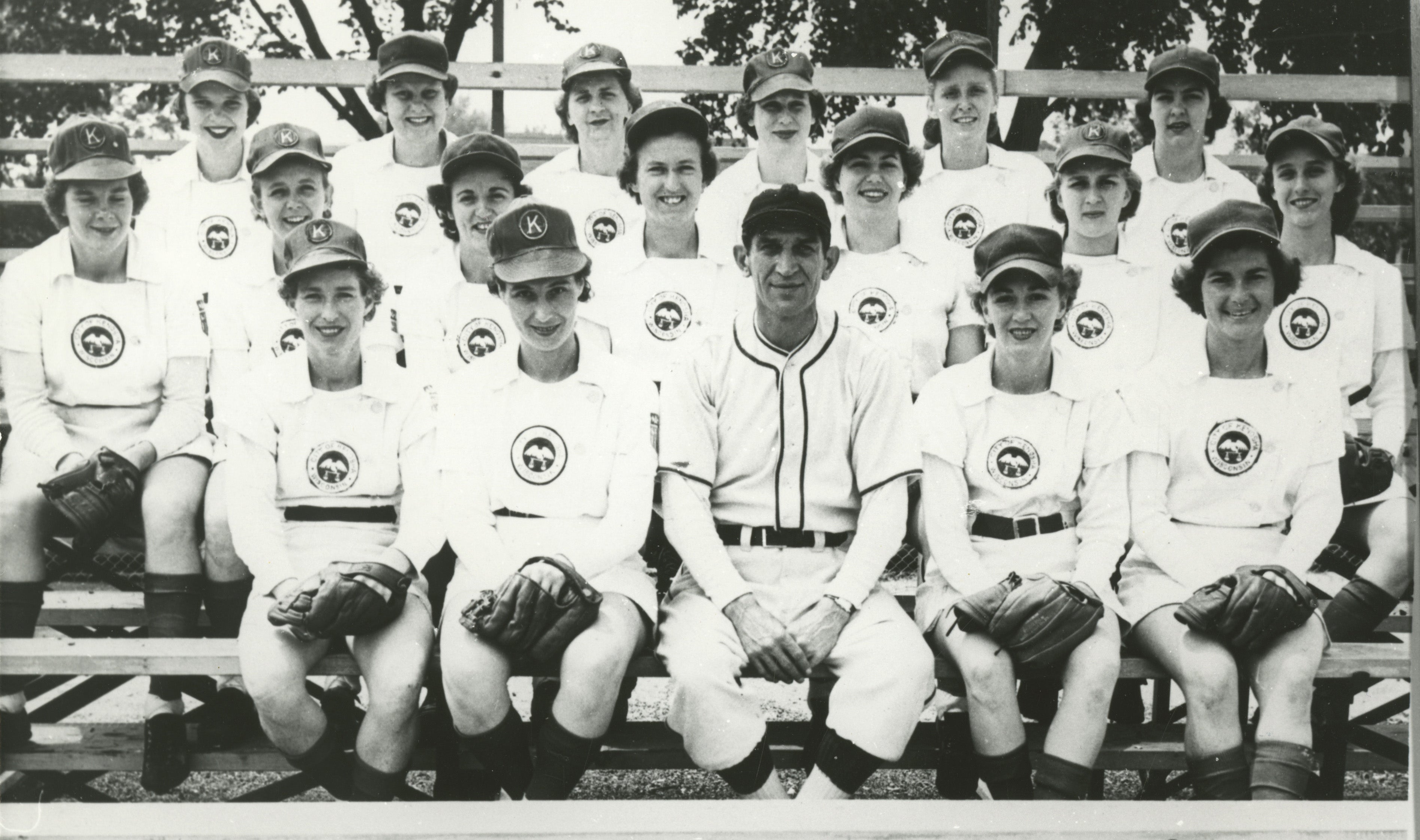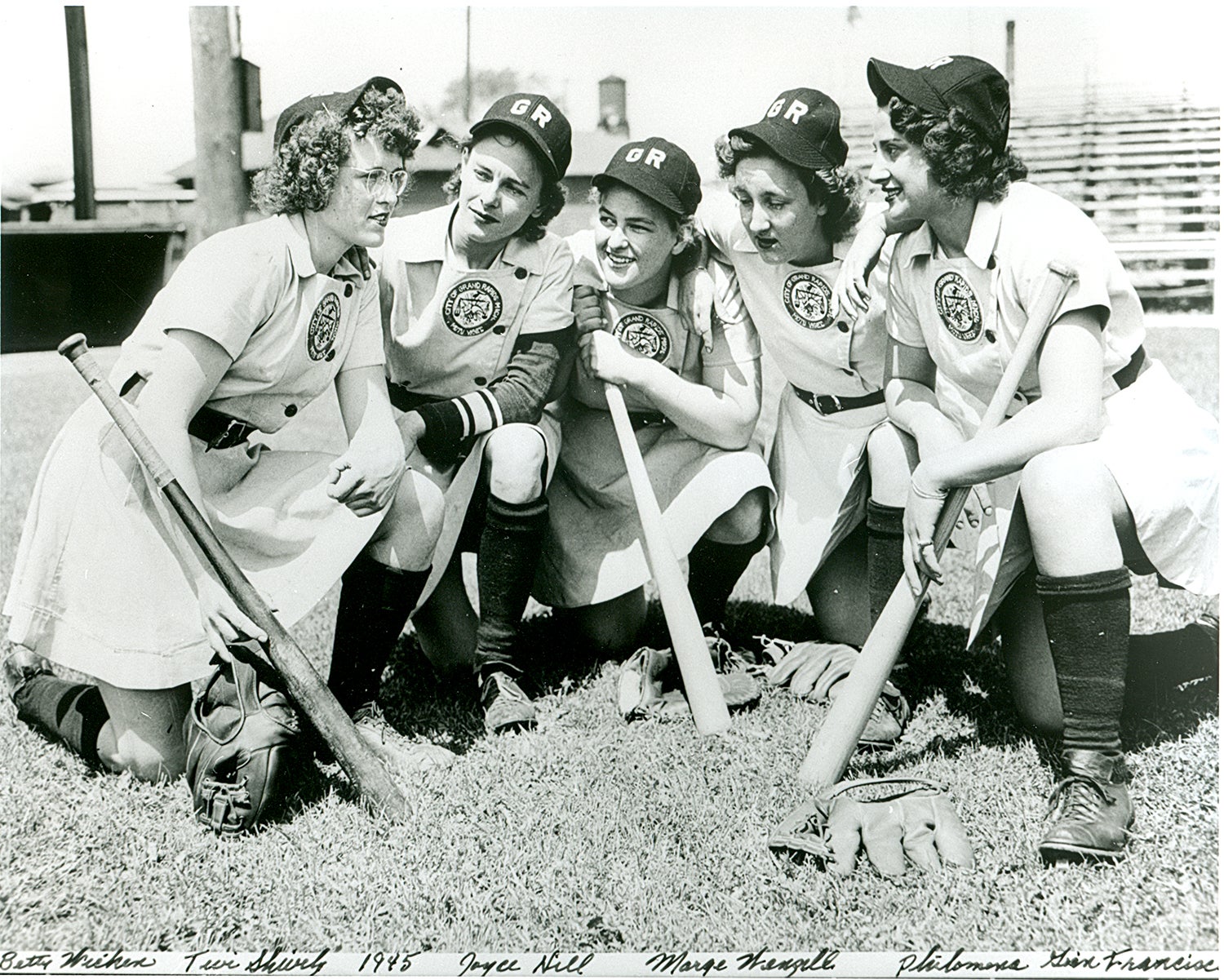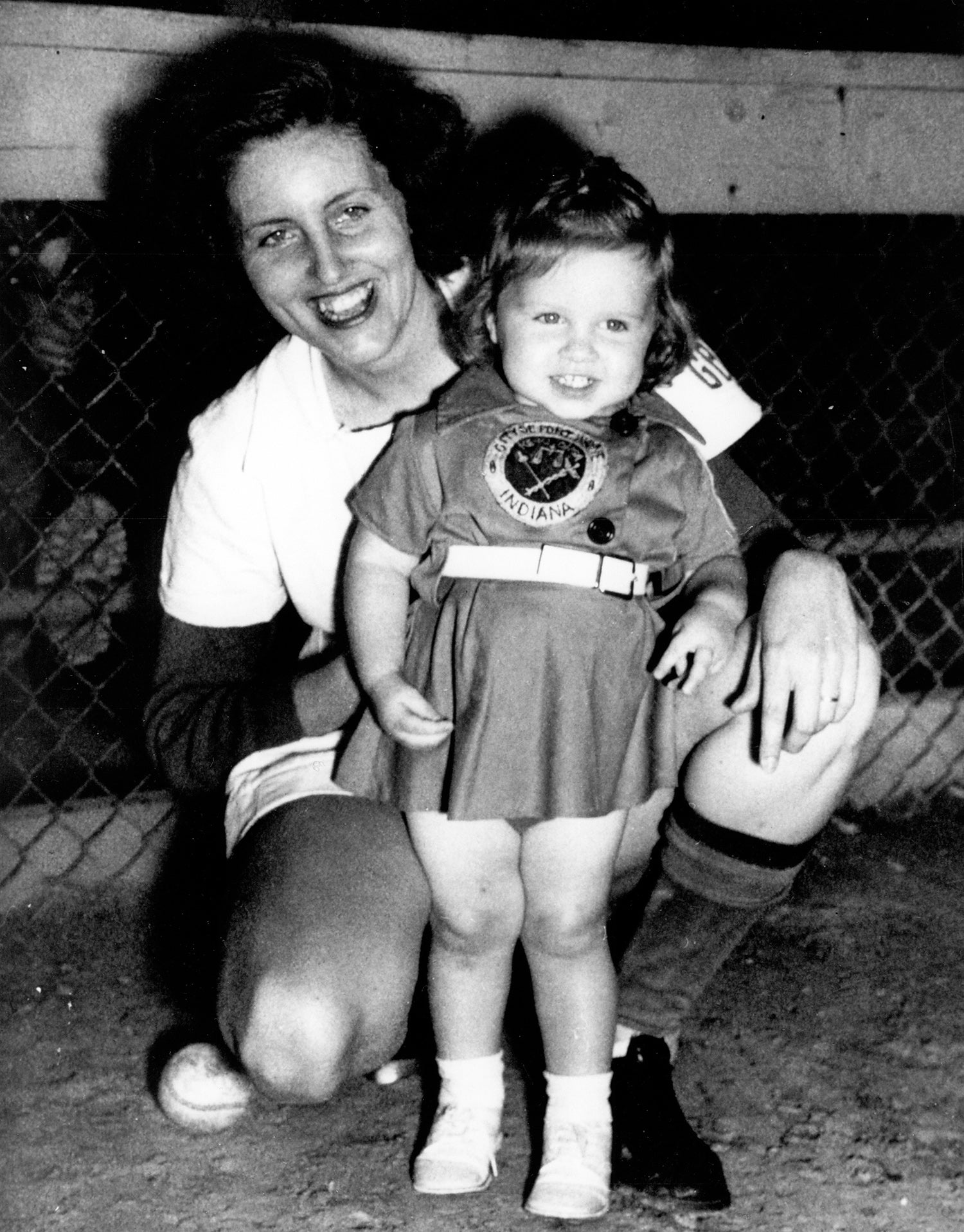AAGPBL shined a light at Wrigley Field in 1943
Little but the score of the AAGSL game would be published in most newspapers the days following the event. Articles from league media outlets provided most of the information we know. The Racine Journal-Times was one resource which had both a recap and a box score. In it, we learn that South Bend pitcher Margaret Berger, who was the league’s leading hurler, started for the Indiana-Illinois team, and got tagged for two runs on three hits in two innings. The league’s hitting leader, Gladys Davis of Rockford, went 0-for-4. Racine’s representatives were the standouts for the Wisconsin squad. Eleanor Dapkus braved an ankle injury suffered the night before to knock in three runs on a bases-loaded triple. Sophie Kurys went 3-for-4, scored three times and drove in two. Four Wisconsin pitchers, Helen Nicol, Elise Harney, Gloria Marks and Mary Nesbitt combined to yield only two hits to the opposition. Oddly, though, the newspaper article does not make mention of the lights at Wrigley Field. Researcher Jay Feldman noted that the lighting was somewhat adequate but, according to some of the players who played in the game, certainly well short of ideal. “The shadows would come up and all of a sudden you wouldn’t be able to decipher where the ball was,” Nicol explained. “It was pretty hard for the outfielders to see, especially if the ball got up high.” Shirley Jameson said that the thrill of playing at Wrigley Field outweighed any difficulty with the lighting. “The lights weren’t all that great, but we were used to that – we had to play with whatever we had,” Jameson recalled. “Besides, just the fact that we were playing in Wrigley Field was enough. We’d have done it whether it was light or dark, because we were all on Cloud Nine.” While the Cubs continued to tinker with twilight games, the AAGPBL was not through with its night games at Wrigley Field. Just over a year later, on July 18, 1944, the league staged a night-time doubleheader as a benefit for the Red Cross. Once again, the lights were only temporary. Yet for one night in 1943, the AAGSL stars shined bright under the lights at Wrigley Field, as they continued to break boundaries for women and boundaries for baseball.
Matt Rothenberg is a freelance writer from Ossining, N.Y.








